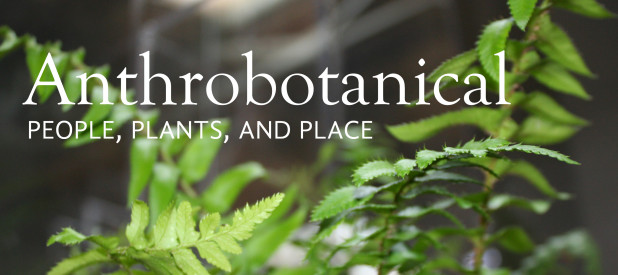While spending time in nature helps us to unplug and rejuvenate, finding the time to do so while surrounded by the hustle and bustle of the city can often be a challenge. If you’re looking to get away, there are great spots around Philadelphia to relax and refresh with the family. In addition to checking out these great spots, make sure to join us June 23–24 for the 14th annual Great American Backyard Campout, which is held in collaboration with the National Wildlife Federation. Spend the night under the stars, hike through the forest, and tell stories around the campfire… all while within city limits. Call 215-482-7300 x 137 to register. Check out these amazing spots within a short drive of city limits.
- Join us for the 14th Annual Great American Backyard Campout
French Creek State Park (1 hour 10 minutes)
Located in Berks and Chester counties, French Creek State Park is the largest block of continuous forest located between New York City and Washington, D.C. Its options for sleeping arrangements—everything from cabins to cottages to yurts to traditional tents—make it a great spot for both experienced and beginning campers alike.
Ricketts Glen State Park (2 hours 30 minutes)
Ricketts Glen is home to the Glens Natural Area—a National Natural Landmark. The park has 26 miles of trails. The most popular is the Falls Trail (a 7.2 mile loop), where visitors can view 21 waterfalls. There are shorter trail options with waterfall vistas as well.
Cape Henlopen State Park (2 hours 15 minutes)
Cape Henlopen offers a variety of recreational options. Climb to the top of the World War II observation tower, take the Seaside or Pinelands nature trails to explore coastal habitats, enjoy a game of disc golf, or spend the day relaxing on the beach.
Wharton State Forest (45 minutes)
Nestled within the Pine Barrens, the Atsion Recreation Area is at the heart of the forest. Named after the Atsion Mansion, the recreation area is situated on a 100-acre lake perfect for kayaking and canoeing.
- Setting up tents for the night
- Fishing at Wind Dance Pond during the Great American Backyard Campout


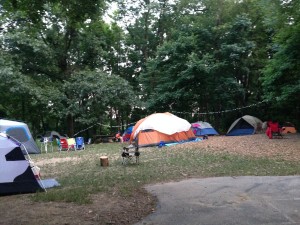
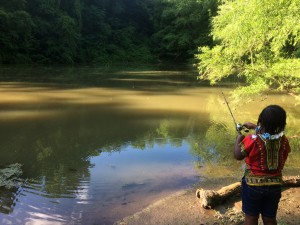
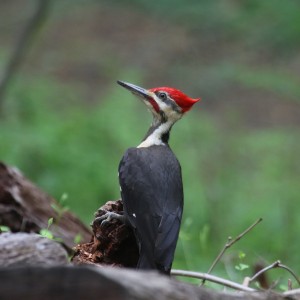
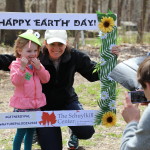
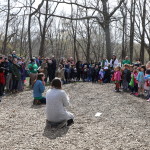
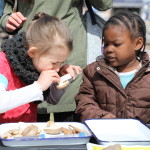
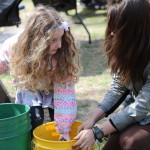
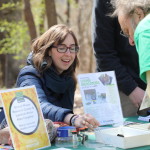
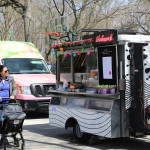
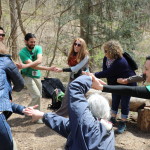
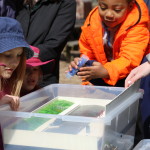
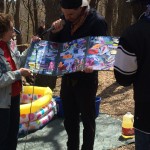
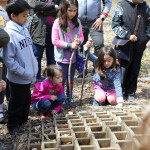
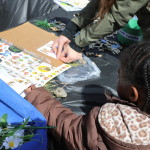
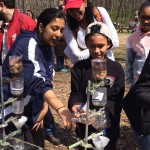
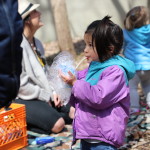
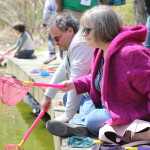
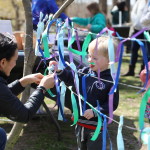
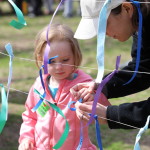

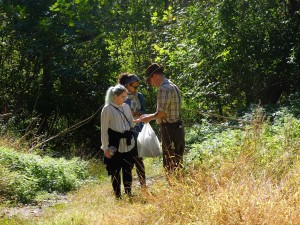
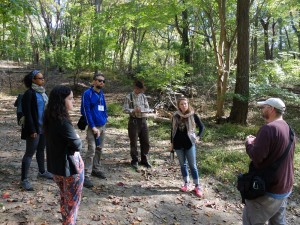
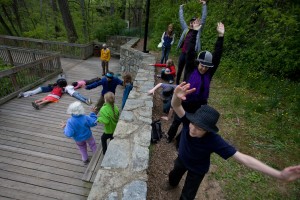
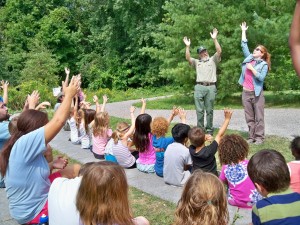
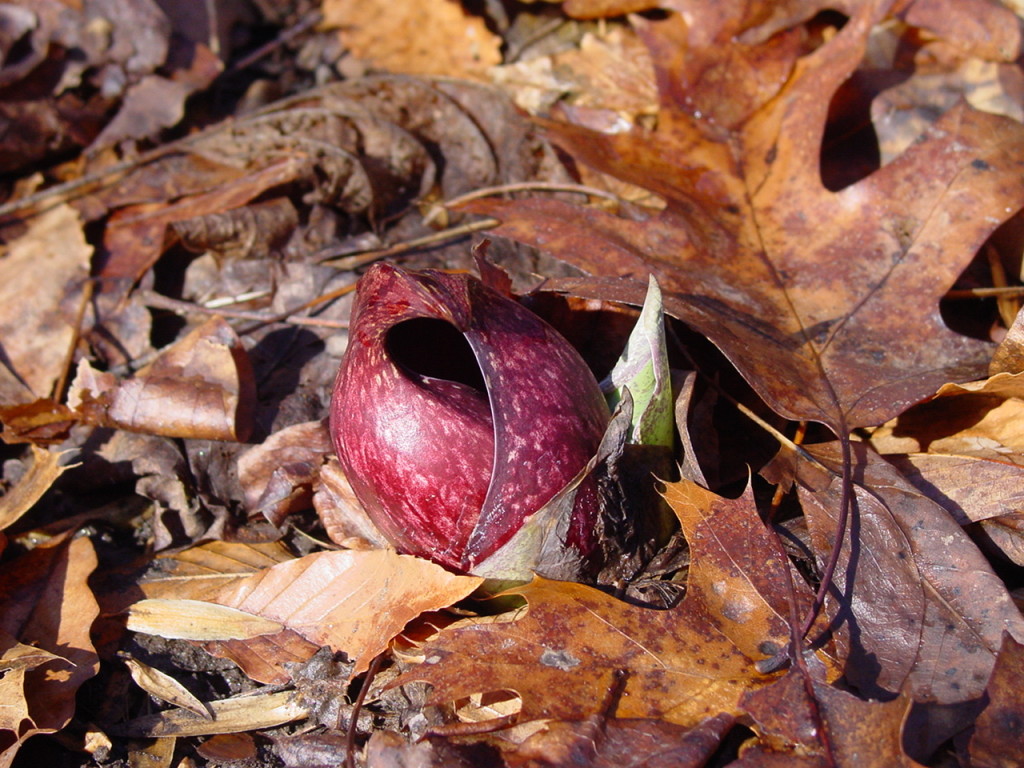
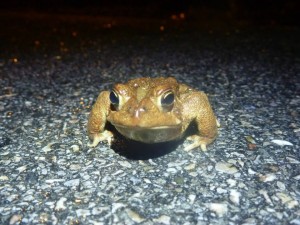 It’s early spring, just around sunset, and the conditions are just right—55 degrees and humid. A high-pitched trilling rings out in the distance. The shallow water of the Upper Roxborough Reservoir Preserve stirs with excitement. The toads of Roxborough are ready to run—and ready to attract a mate.
It’s early spring, just around sunset, and the conditions are just right—55 degrees and humid. A high-pitched trilling rings out in the distance. The shallow water of the Upper Roxborough Reservoir Preserve stirs with excitement. The toads of Roxborough are ready to run—and ready to attract a mate.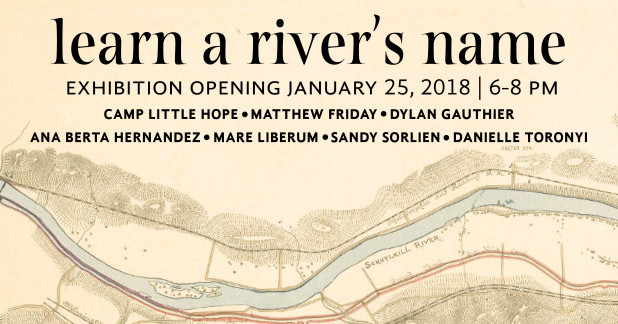
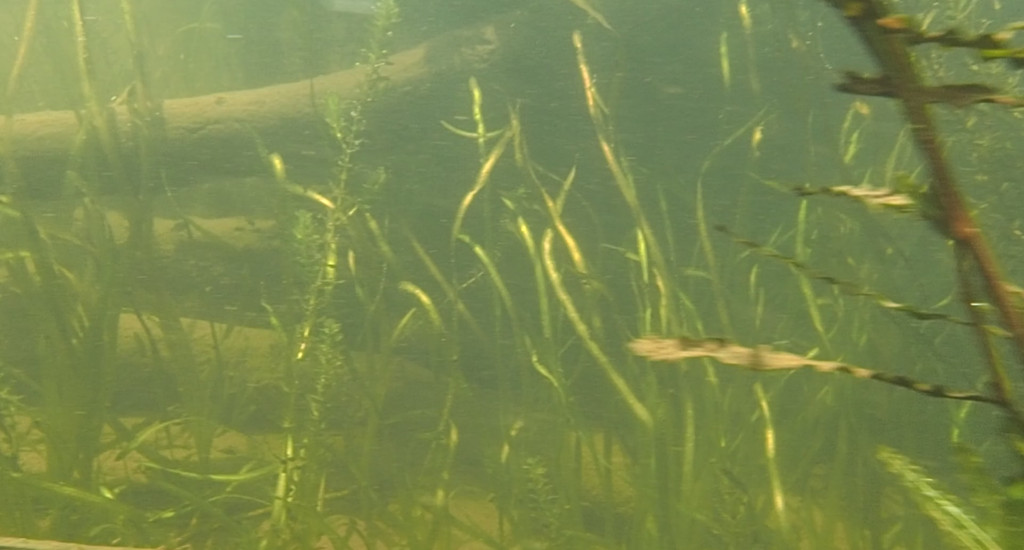
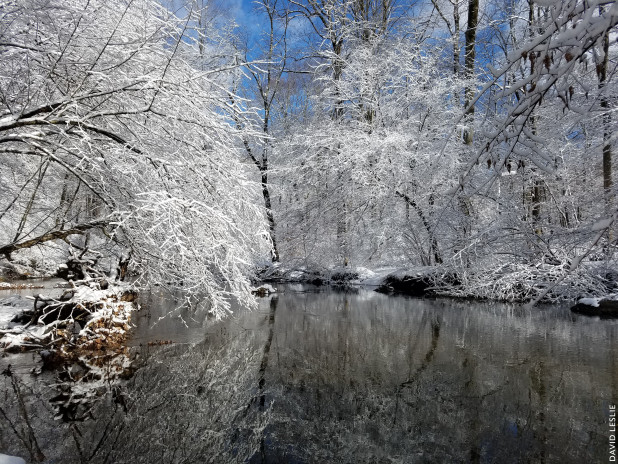
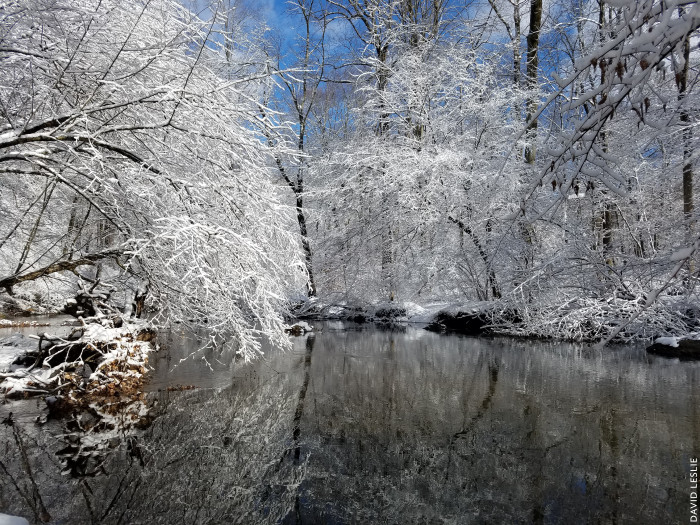

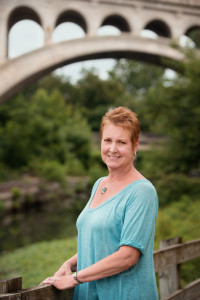 Founder of the incredibly successful
Founder of the incredibly successful 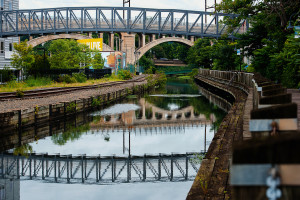 “I am deeply honored by the recognition for the work we all have done,” Kay said. “I say this because I feel that I am more a facilitator for the people who care about trails, nature, and greening. If people didn’t care the work never would have succeeded.”
“I am deeply honored by the recognition for the work we all have done,” Kay said. “I say this because I feel that I am more a facilitator for the people who care about trails, nature, and greening. If people didn’t care the work never would have succeeded.” 